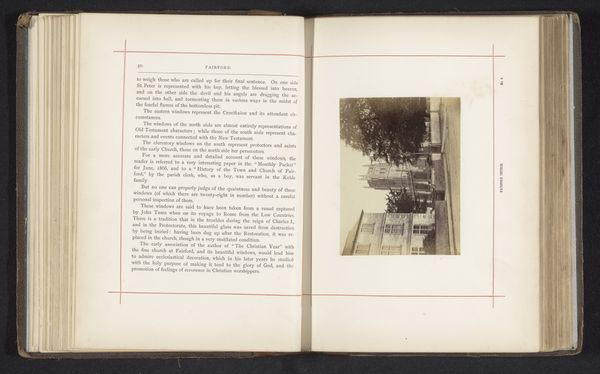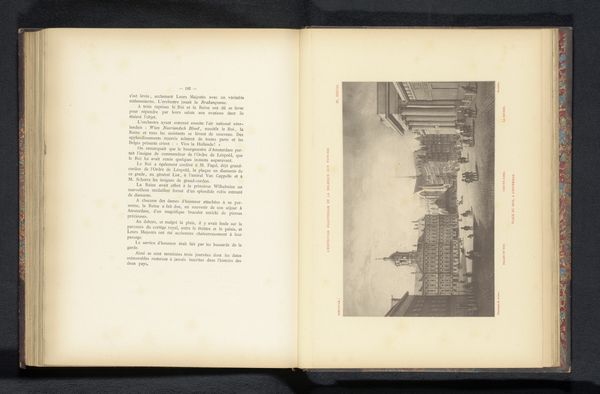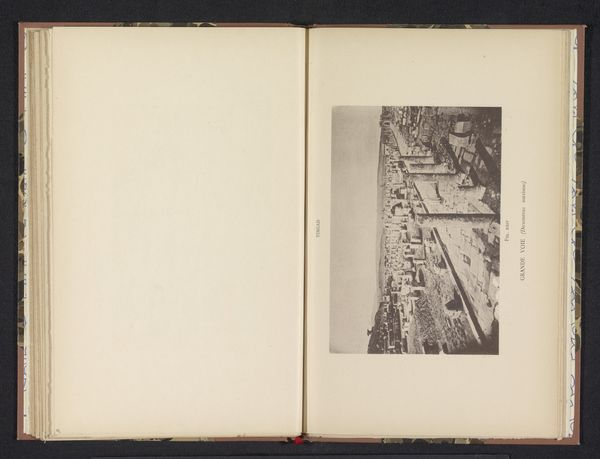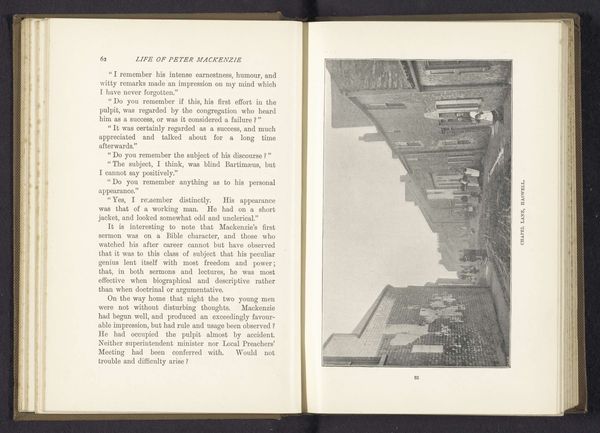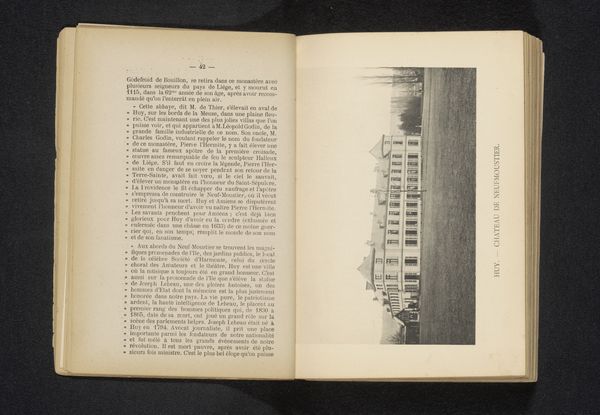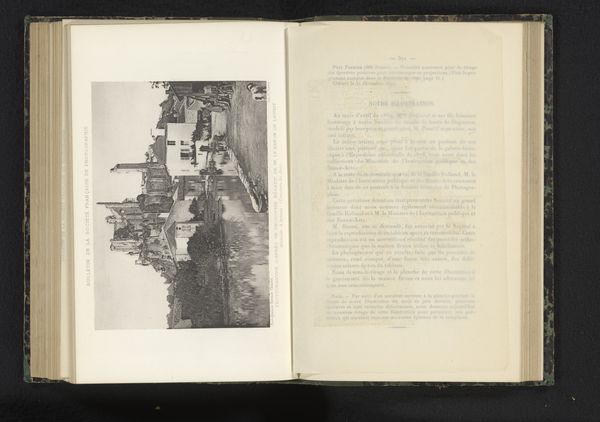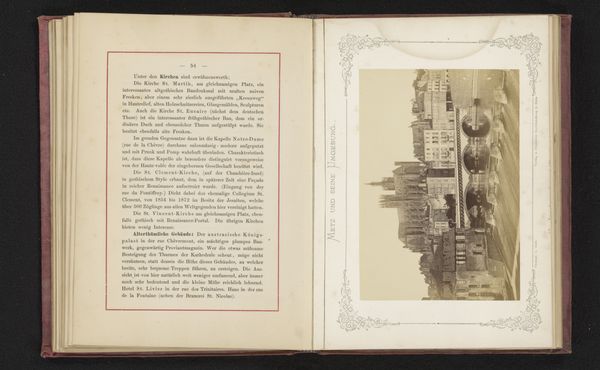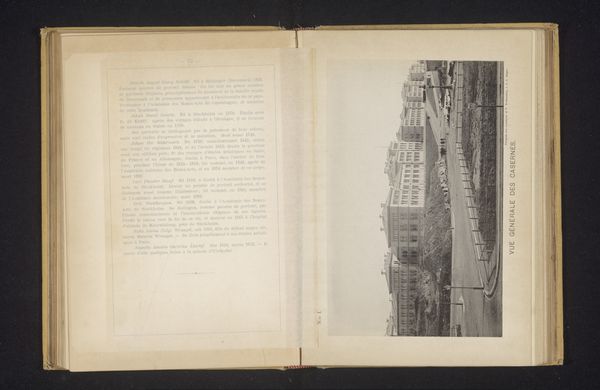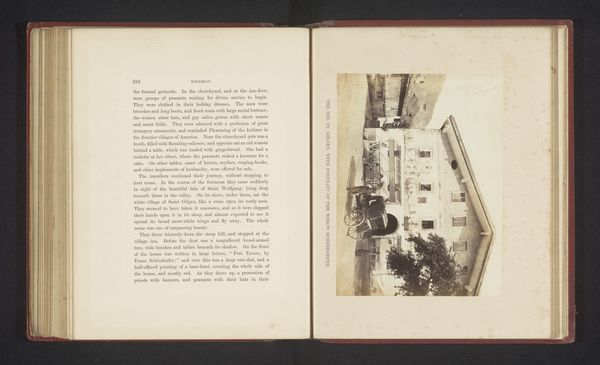
print, paper, photography
# print
#
landscape
#
paper
#
photography
#
cityscape
#
watercolour illustration
Dimensions: height 80 mm, width 127 mm
Copyright: Rijks Museum: Open Domain
Curator: Looking at Carl Pietzner's "Gezicht op de Schlossbrunnen in Karlovy Vary," created before 1891, we see it’s a print, most likely a photograph reproduced on paper. It feels very matter-of-fact. Editor: Yes, it seems like a straightforward cityscape, very documentary. How do you approach something like this? What stands out to you? Curator: The labor! Consider the photographer hauling equipment, the darkroom processes. These images circulated widely; they were commodities produced for a booming tourist industry in Karlovy Vary. This wasn't about individual artistic expression in a romantic sense, but a function of leisure and material culture. It tells us something about 19th-century notions of travel and consumption, don’t you think? Editor: That’s fascinating, I hadn't considered that. So you're saying the image itself becomes part of the larger story of resource exploitation and leisure? Curator: Exactly! Think about the materiality of the print. Why this format? What audience did it reach and how? These reproducible images changed art drastically and affected painterly landscapes and even definitions of craftsmanship. Editor: I guess I was looking for artistic intention. I didn’t initially notice these nuances behind the actual picture-taking and its reproduction, which seem so key. It makes it feel far more engaging and politically charged. Curator: The photograph isn’t simply a mirror. It's a *made* object deeply interwoven with its historical moment and material conditions. Editor: Absolutely, and the material means employed define both the possibilities and limits. Curator: Precisely. The medium *is* the message, filtered through historical, social, and economic processes. Now I'm seeing how differently the work’s function speaks across time.
Comments
No comments
Be the first to comment and join the conversation on the ultimate creative platform.
